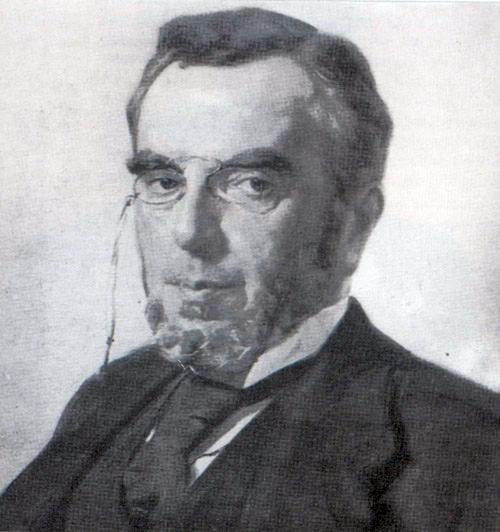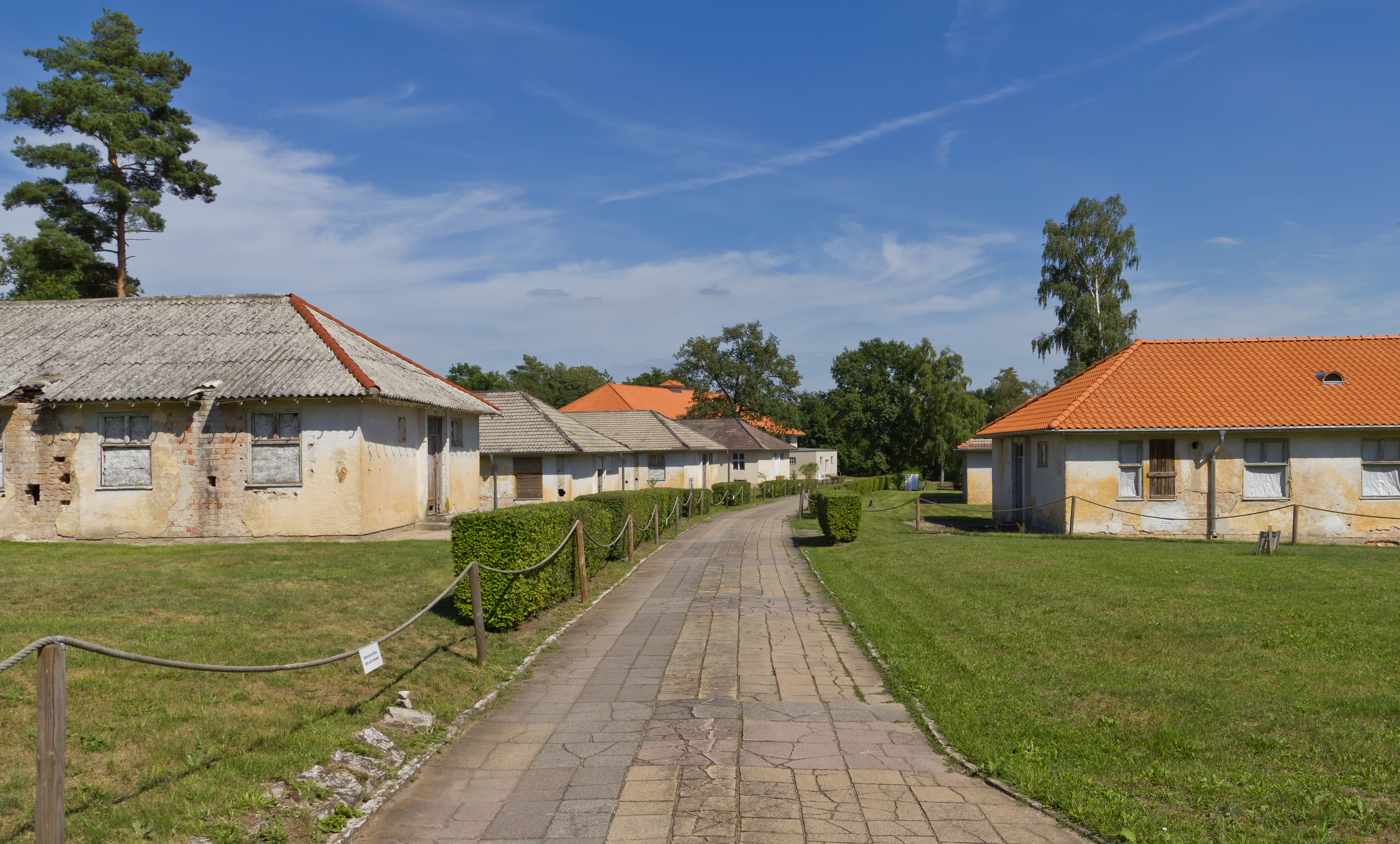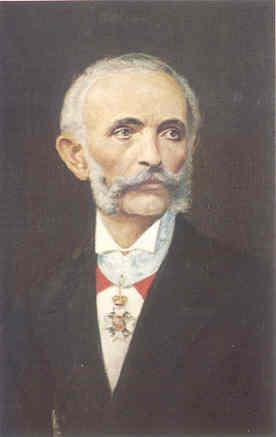|
Zappeion
The Zappeion ( el, Ζάππειον Μέγαρο, Záppeion Mégaro, ) is a large, palatial building next to the National Gardens of Athens in the heart of Athens, Greece. It is generally used for meetings and ceremonies, both official and private and is one of the city's most renowned modern landmarks. Constructing the Zappeion In 1869, the Greek Parliament allocated of public land between the Palace Gardens and the ancient Temple of Olympian Zeus, and also passed a law on 30 November 1869, "for the building works of the Olympic Games", as the Zappeion was the first building to be erected specifically for the revival of the Olympic Games in the modern world. The ancient Panathenian stadium was also refurbished as part of the works for the Olympic Games. Following some delay, on 20 January 1874, the cornerstone of the building was laid; this new building would be designed by Danish architect Theophil Hansen. Finally, on 20 October 1888, the Zappeion opened. Unfortunately for it ... [...More Info...] [...Related Items...] OR: [Wikipedia] [Google] [Baidu] |
Evangelos Zappas
Evangelos or Evangelis Zappas ( el, Ευάγγελος or ; ro, Evanghelie Zappa; 23 August 1800 – 19 June 1865) was a Greek patriot, philanthropist and businessman who spent most of his life in Romania. He is recognized today as one of the founders of the modern Olympic Games, which were held in 1859, 1870, 1875, and 1888 and preceded the Olympic Games that came under the auspices of the International Olympic Committee. These Games, known at the time simply as ''Olympics'' ( el, Ολύμπια), came before the founding of the International Olympic Committee itself. The legacy of Evangelis Zappas, as well as the legacy of his cousin Konstantinos Zappas, was also used to fund the Olympic Games of 1896. During his youth, Zappas joined the Greek War of Independence (1821–1832), achieving the rank of Major and fighting in several significant battles. Following Greek independence, he moved to Wallachia where he had a successful career as a businessman, becoming one of the ric ... [...More Info...] [...Related Items...] OR: [Wikipedia] [Google] [Baidu] |
Evangelis Zappas
Evangelos or Evangelis Zappas ( el, Ευάγγελος or ; ro, Evanghelie Zappa; 23 August 1800 – 19 June 1865) was a Greek patriot, philanthropist and businessman who spent most of his life in Romania. He is recognized today as one of the founders of the modern Olympic Games, which were held in 1859, 1870, 1875, and 1888 and preceded the Olympic Games that came under the auspices of the International Olympic Committee. These Games, known at the time simply as ''Olympics'' ( el, Ολύμπια), came before the founding of the International Olympic Committee itself. The legacy of Evangelis Zappas, as well as the legacy of his cousin Konstantinos Zappas, was also used to fund the Olympic Games of 1896. During his youth, Zappas joined the Greek War of Independence (1821–1832), achieving the rank of Major and fighting in several significant battles. Following Greek independence, he moved to Wallachia where he had a successful career as a businessman, becoming one of the ric ... [...More Info...] [...Related Items...] OR: [Wikipedia] [Google] [Baidu] |
Athens Zappeion
Athens ( ; el, Αθήνα, Athína ; grc, Ἀθῆναι, Athênai (pl.) ) is both the capital city, capital and List of cities and towns in Greece, largest city of Greece. With a population close to four million, it is also the seventh List of urban areas in the European Union, largest city in the European Union. Athens dominates and is the capital of the Attica (region), Attica region and is one of the List of oldest continuously inhabited cities, world's oldest cities, with its recorded history spanning over 3,400 years and its earliest human presence beginning somewhere between the 11th and 7th millennia BC. Classical Athens was a powerful Greek city-state, city-state. It was a centre for the arts, learning and philosophy, and the home of Plato's Platonic Academy, Academy and Aristotle's Lyceum (classical), Lyceum. It is widely referred to as the cradle of civilization, cradle of Western culture, Western civilization and the democracy#History, birthplace of democracy, larg ... [...More Info...] [...Related Items...] OR: [Wikipedia] [Google] [Baidu] |
Athens, Greece
Athens ( ; el, Αθήνα, Athína ; grc, Ἀθῆναι, Athênai (pl.) ) is both the capital and largest city of Greece. With a population close to four million, it is also the seventh largest city in the European Union. Athens dominates and is the capital of the Attica region and is one of the world's oldest cities, with its recorded history spanning over 3,400 years and its earliest human presence beginning somewhere between the 11th and 7th millennia BC. Classical Athens was a powerful city-state. It was a centre for the arts, learning and philosophy, and the home of Plato's Academy and Aristotle's Lyceum. It is widely referred to as the cradle of Western civilization and the birthplace of democracy, largely because of its cultural and political influence on the European continent—particularly Ancient Rome. In modern times, Athens is a large cosmopolitan metropolis and central to economic, financial, industrial, maritime, political and cultural life in Greece. In 2 ... [...More Info...] [...Related Items...] OR: [Wikipedia] [Google] [Baidu] |
Athens
Athens ( ; el, Αθήνα, Athína ; grc, Ἀθῆναι, Athênai (pl.) ) is both the capital and largest city of Greece. With a population close to four million, it is also the seventh largest city in the European Union. Athens dominates and is the capital of the Attica region and is one of the world's oldest cities, with its recorded history spanning over 3,400 years and its earliest human presence beginning somewhere between the 11th and 7th millennia BC. Classical Athens was a powerful city-state. It was a centre for the arts, learning and philosophy, and the home of Plato's Academy and Aristotle's Lyceum. It is widely referred to as the cradle of Western civilization and the birthplace of democracy, largely because of its cultural and political influence on the European continent—particularly Ancient Rome. In modern times, Athens is a large cosmopolitan metropolis and central to economic, financial, industrial, maritime, political and cultural life in Gre ... [...More Info...] [...Related Items...] OR: [Wikipedia] [Google] [Baidu] |
National Gardens Of Athens
The National Garden (formerly the Royal Garden) ( el, Εθνικός Κήπος)(it was named Royal Garden until 1974) is a public park of in the center of the Greek capital, Athens. It is located between the districts of Kolonaki and Pangrati, directly behind the Greek Parliament building (The Old Palace) and continues to the South to the area where the Zappeion is located, across from the Panathenaiko or Kalimarmaro Olympic Stadium of the 1896 Olympic Games. The Garden also encloses some ancient ruins, column drums and Corinthian capitals of columns, mosaics, and other features. On the Southeast side are the busts of Ioannis Kapodistrias, the first governor of Greece, and of the Philhellene Jean-Gabriel Eynard. On the South side are the busts of the celebrated Greek poets Dionysios Solomos, author of the Greek National Hymn, and Aristotelis Valaoritis. History The Royal Garden was commissioned by Queen Amalia in 1838 and completed by 1840. It was designed by the German ag ... [...More Info...] [...Related Items...] OR: [Wikipedia] [Google] [Baidu] |
1896 Summer Olympics
The 1896 Summer Olympics ( el, Θερινοί Ολυμπιακοί Αγώνες 1896, Therinoí Olympiakoí Agónes 1896), officially known as the Games of the I Olympiad ( el, Αγώνες της 1ης Ολυμπιάδας, Agónes tis 1is Olympiádas) and commonly known as Athens 1896 ( el, Αθήνα 1896), was the first international Olympic Games held in modern history. Organised by the International Olympic Committee (IOC), which had been created by French aristocrat Pierre de Coubertin, it was held in Athens, Greece, from 6 to 15 April 1896. Fourteen nations (according to the IOC, though the number is subject to interpretation) and 241 athletes (all males; this number is also disputed) took part in the games. Participants were all European, or living in Europe, with the exception of the United States at the 1896 Summer Olympics, United States team. Over 65% of the competing athletes were Greek. Winners were given a silver medal, while runners-up received a copper medal. ... [...More Info...] [...Related Items...] OR: [Wikipedia] [Google] [Baidu] |
Euro Gold And Silver Commemorative Coins (Greece)
Euro gold and silver commemorative coins are special euro coins minted and issued by member states of the Eurozone, mainly in gold and silver, although other precious metals are also used in rare occasions. Greece was one of the first twelve countries in the Eurozone that introduced the euro (€) on 1 January 2002. Since 2003, the Mint of Greece have been minting both normal issues of Greek euro coins, which are intended for circulation, and commemorative euro coins in gold and silver. These special coins have a legal tender only in Greece, unlike the normal issues of the Greek euro coins, which have a legal tender in every country of the Eurozone. This means that the commemorative coins made of gold and silver cannot be used as money in other countries. Furthermore, as their bullion value generally vastly exceeds their face value, these coins are not intended to be used as means of payment at all—although it remains possible. For this reason, they are usually named C ... [...More Info...] [...Related Items...] OR: [Wikipedia] [Google] [Baidu] |
Neoclassical Architecture
Neoclassical architecture is an architectural style produced by the Neoclassical movement that began in the mid-18th century in Italy and France. It became one of the most prominent architectural styles in the Western world. The prevailing styles of architecture in most of Europe for the previous two centuries, Renaissance architecture and Baroque architecture, already represented partial revivals of the Classical architecture of ancient Rome and (much less) ancient Greek architecture, but the Neoclassical movement aimed to strip away the excesses of Late Baroque and return to a purer and more authentic classical style, adapted to modern purposes. The development of archaeology and published accurate records of surviving classical buildings was crucial in the emergence of Neoclassical architecture. In many countries, there was an initial wave essentially drawing on Roman architecture, followed, from about the start of the 19th century, by a second wave of Greek Revival architec ... [...More Info...] [...Related Items...] OR: [Wikipedia] [Google] [Baidu] |
Olympic Village
An Olympic Village is an accommodation center built for the Olympic Games, usually within an Olympic Park or elsewhere in a host city. Olympic Villages are built to house all participating athletes, as well as officials and athletic trainers. After the Munich Massacre at the 1972 Olympics, the Villages have been made extremely secure. Only athletes, trainers and officials are allowed to room at the Village, though family members and former Olympic athletes are allowed inside with proper checks. Press and media are also barred. History The idea of the Olympic Village comes from Pierre de Coubertin. Up until the 1924 Summer Olympic Games, National Olympic Committees rented locations around the host city to house participants, which was expensive. For the 1924 Summer Olympics, the organizers built cabins near the Stade Olympique de Colombes to allow the athletes to easily access the Games' venues. The Olympic Village of the 1932 Summer Olympics in Los Angeles served as the model o ... [...More Info...] [...Related Items...] OR: [Wikipedia] [Google] [Baidu] |
Theophil Hansen
Baron Theophil Edvard von Hansen (; original Danish name: Theophilus Hansen ; 13 July 1813 – 17 February 1891) was a Danish architect who later became an Austrian citizen. He became particularly well known for his buildings and structures in Athens and Vienna, and is considered an outstanding representative of Neoclassicism and Historicism. Biography Hansen was born in Copenhagen. After training with Prussian architect Karl Friedrich Schinkel and some years studying in Vienna, he moved to Athens in 1837, where he studied architecture and design, with a concentration and interest in Byzantine architecture. During his stay in Athens, Hansen designed his first building, the National Observatory of Athens and two of the three contiguous buildings forming the so-called "Athenian Trilogy": the Academy of Athens and the National Library of Greece, the third building of the trilogy being the National and Capodistrian University of Athens, which was designed by his brother Hans Christ ... [...More Info...] [...Related Items...] OR: [Wikipedia] [Google] [Baidu] |
Konstantinos Zappas
Konstantinos Zappas ( el, Κωνσταντίνος Ζάππας; 1814–1892) was a Greek entrepreneur and national benefactor who together with his cousin, Evangelos Zappas, played an essential role in the revival of the Olympic Games. Biography Zappas was born in 1814 in the village of Labova e Madhe (Mega Lambovo), between Gjirokastër (Argyrokastro) and Tepelenë (modern Albania), then in the Ottoman Empire. He was of Greek or Aromanian descent. After the death of Evangelis Zappas, he became the executor of his cousin's legacy and the ongoing revival of the Olympic Games. He was appointed manager of the Olympic Committee that organised the so-called Zappas Olympics, a Greek athletic festival held in 1859, 1870 and 1875 and the forerunner of the modern international Olympics. In 1881, after the annexation of Thessaly to Greece, he bought extended estates there and the following years contributed to the building of the Zappeion building in Athens, which was officially opened o ... [...More Info...] [...Related Items...] OR: [Wikipedia] [Google] [Baidu] |






_-_facade_on_Piazza_dei_signori.jpg)


